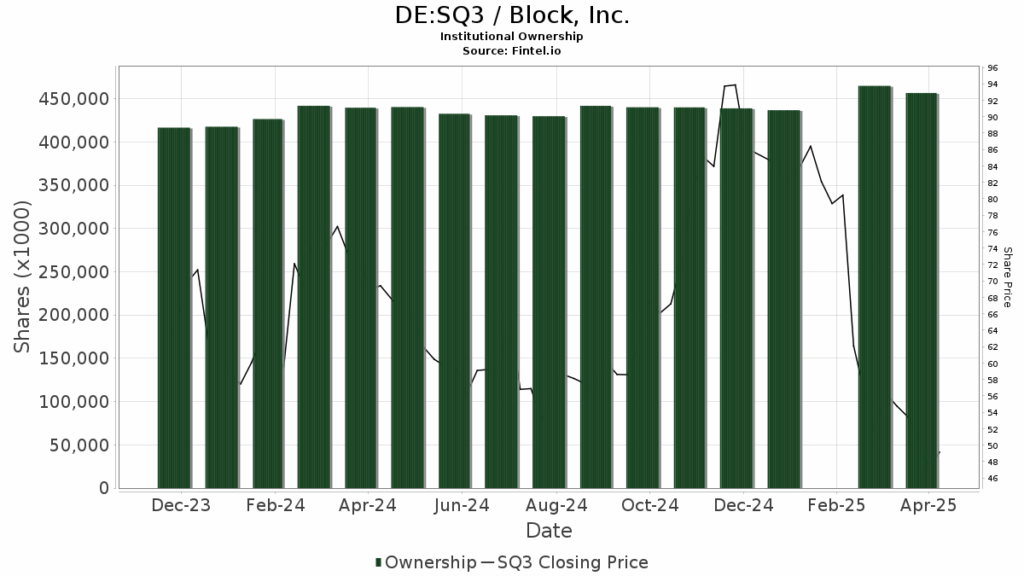Spotify’s Resilience Amid Market Corrections and Growth Prospects
The S&P 500 dipped into correction territory in April after a significant decline of up to 19% from its all-time high, narrowly evading the bear market threshold of 20%. This pullback was largely triggered by tariffs imposed by President Donald Trump on imported goods from America’s trading partners, which raised concerns among investors about a potential economic slowdown.
While tariffs primarily impact physical goods, digital products and services largely remain unaffected. Spotify Technology (NYSE: SPOT) operates the world’s largest music streaming platform, and its subscriptions currently face no new levies. Additionally, with a presence in 180 countries, Spotify’s diverse revenue streams help insulate it from sudden shifts in trade policy.
Investment Opportunities During Market Fluctuations
Despite a 13% decline from its all-time high, Spotify shows potential as a resilient investment option during this S&P 500 correction. Its immunity to tariffs makes it an appealing choice, suggesting that it could be a solid stock to consider acquiring during this market dip.
Leading Innovation in Technology and Content
Streaming services often struggle to distinguish themselves due to similar content offerings. To counter this challenge, Spotify focuses on superior technology and diversifying content formats. A key aspect of Spotify’s tech strategy is incorporating artificial intelligence (AI). Last year, it introduced features like AI Playlist, which allows users to generate song lists based on simple prompts, potentially converting free users to paid subscribers.
Moreover, Spotify is expanding its range of automated advertising solutions. Leveraging AI, this system helps advertisers procure slots, measure campaign performance, and even create content. In the first quarter of 2025, over 10,000 advertisers utilized these tools, representing a 21% year-on-year increase.
On the content side, user engagement is rising. Spotify reported a 44% increase in time spent watching videos on its platform during the first quarter. To capitalize on this trend, the company is expanding its catalog of video podcasts and recently introduced a new monetization system, which distributed over $100 million to video podcasters in Q1 alone. This initiative could attract even more creators to the platform.
Additionally, Spotify has secured its position as the second-largest audiobook platform globally, following Amazon’s Audible. Premium subscribers can choose from a selection of over 375,000 titles and have access to 15 hours of monthly listening, with options for additional hours. This expansion not only draws in new paying customers but also creates new revenue streams from existing subscribers.

Image source: Getty Images.
Proven Profitability and Revenue Growth
By the end of the first quarter of 2025, Spotify had 268 million paying subscribers, marking a 12% year-on-year increase. The platform also boasted 423 million free users, who are monetized through advertising, reflecting a 9% growth. The rapid growth of the paying subscriber base is promising, as it accounts for 90% of Spotify’s revenue.
In Q1, Spotify generated $4.7 billion in total revenue, which signifies a 15% increase compared to the previous year. Importantly, the company has managed its expenses effectively, with operating costs declining by 2% in Q1, driven largely by modest reductions in marketing and R&D expenditures.
Consequently, Spotify’s first-quarter net income rose by 14% to $255 million based on International Financial Reporting Standards (IFRS). The company prefers to measure profitability via free cash flow, which is a non-IFRS metric excluding certain expenses. This figure reached $607 million in Q1, indicating remarkable 158% growth, leading to a record-high trailing-12-month free cash flow approaching $3 billion.
Long-Term Growth Potential
As we assess Spotify’s long-term vision, valuation becomes a crucial factor. Presently, its price-to-earnings (P/E) ratio stands at approximately 96, making the stock four times more expensive than the S&P 500. However, Wall Street forecasts suggest Spotify’s earnings per share will jump by 66% this year to about $10.42, with further growth to $14.88 by 2026, leading to forward P/E ratios of roughly 50 and 38, respectively.
This suggests that although Spotify may appear highly valued now, its earnings growth outlook could render it more attractive in the future. CEO Daniel Ek projected in 2022 that Spotify could reach $100 billion in annual revenue by 2032, with over 1 billion monthly active users. This would indicate a staggering 461% increase from its projected 2024 revenue of $17.8 billion, assuming profit margins remain stable.
Investors willing to hold Spotify’s stock over the long term may stand to benefit significantly from its growth trajectory.
# Should You Consider Investing in Spotify Technology Today?
Assessing the Investment Potential of Spotify Technology
Before deciding to invest in Spotify Technology, it’s essential to take a moment for thorough analysis. Currently, the Motley Fool Stock Advisor analyst team has highlighted their recommendations for top investment choices—Spotify is notably absent from this list. Instead, they recommend other stocks that may yield significant returns in the years to come.
For historical context, it’s interesting to note when Netflix was first recommended on December 17, 2004. An investment of $1,000 back then would now be worth a remarkable $611,271.* Similarly, when Nvidia appeared on their list on April 15, 2005, a $1,000 investment would have grown to approximately $684,068.*
While it’s important to take past performance into account, keep in mind that Stock Advisor boasts an average total return of 889%—substantially outperforming the 162% gain of the S&P 500. You can access this latest top 10 list when you join Stock Advisor.
*Stock Advisor returns as of April 28, 2025
John Mackey, former CEO of Whole Foods Market, an Amazon subsidiary, is a member of The Motley Fool’s board of directors. Anthony Di Pizio has no position in any of the stocks mentioned. The Motley Fool has positions in and recommends Amazon and Spotify Technology. The Motley Fool has a disclosure policy.
The views and opinions expressed herein are those of the author and do not necessarily reflect those of Nasdaq, Inc.


